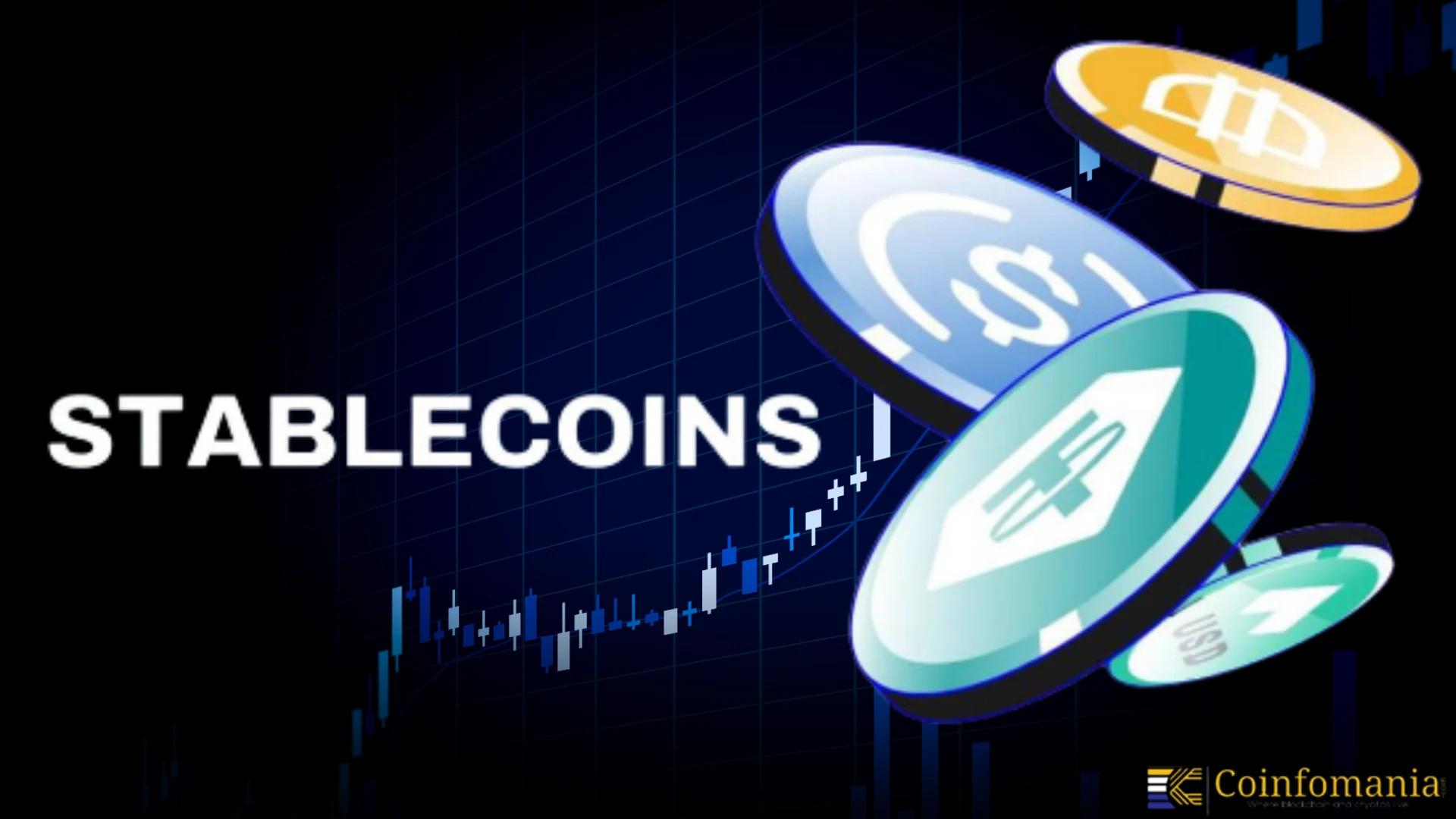Stablecoin Market Growth Hits $300 Billion Milestone
Stablecoin Market Growth hits $300B, showing rising adoption and stablecoins’ key role in DeFi, trading, and digital payments.

Quick Take
Summary is AI generated, newsroom reviewed.
Stablecoin market surpasses $300 billion for the first time.
Stablecoins provide stability for traders, DeFi users, and businesses.
Growth driven by DeFi expansion, cross-border payments, and institutional adoption.
Regulatory scrutiny and trust issues remain key challenges for the market.
The stablecoin market has officially reached $300 billion in total value, according to DeFiLlama and reported by Coin Bureau. This is a major milestone for cryptocurrency. Stablecoins, which are digital coins tied to real money like the U.S. dollar, are becoming a key part of the crypto world. They are not only used by traders but also in everyday financial activities. Stablecoins play an important role in decentralized finance (DeFi) apps, cross-border payments and even in some business operations.
⚡️BULLISH: STABLECOIN MILESTONE!
— Coin Bureau (@coinbureau) October 3, 2025
As per DeFiLlama, the stablecoin market cap has officially crossed $300 BILLION for the first time ever. pic.twitter.com/TJaNWJkLZd
What Are Stablecoins?
Stablecoins are digital coins made to keep a steady value by linking to real-world money. Most of them are tied to the U.S. dollar, but some use other currencies or assets. Well known examples include USDT (Tether), USDC (USD Coin) and BUSD (Binance USD).
Unlike cryptocurrencies like Bitcoin or Ethereum, which can swing widely in price, stablecoins are meant to be stable and predictable. Traders, investors and developers use them to move money quickly without risking the loss of value.
Stablecoins can also be stored digitally and sent across borders instantly, making them different from traditional bank transfers. This speed and reliability make them more popular for global financial transactions.
Why $300 Billion Matters
Reaching $300 billion shows that stablecoins are more than just speculative assets. People are using them for real-world financial purposes.
Stablecoins help in a lot of ways:
- They give traders a safe place to store money during volatile markets.
- They allow faster and cheaper transactions compared to traditional banking.
- They are a key part of DeFi apps, where users lend, borrow or earn interest.
This milestone also highlights mainstream adoption as more people and businesses are trusting digital money. As adoption grows, the need for trustworthy stablecoins increases.
Drivers of Stablecoin Growth
Many factors are driving this growth:
- DeFi Expansion: Stablecoins provide liquidity and collateral for decentralized apps.
- Cross-Border Payments: They allow quick and low-cost international transfers.
- Institutional Adoption: Companies and banks are using stablecoins for payments and handling funds.
- Market Volatility: Investors usually move funds to stablecoins when other cryptocurrencies drop.
Better regulatory frameworks also play a major role. Many stablecoins now follow clearer rules, which builds confidence among investors and institutions.
Regulatory and Trust Risks
Despite all this growth, stablecoins still face some issues. Regulators are closely watching them for money laundering, financial instability and transparency issues. Maintaining a stable peg needs strong reserves and clear reporting. Past controversies show what can happen if stablecoins fail to maintain trust.
Bridging Digital and Traditional Finance
The stablecoin market growth is a positive sign for the crypto market. People want digital money they can depend on. By offering stability, stablecoins support DeFi, crypto trading and broader blockchain adoption.
As more people and businesses use them, stablecoins will become even more important. They help bridge traditional finance and digital money, making blockchain technology useful for everyday transactions and global payments.
Follow us on Google News
Get the latest crypto insights and updates.


